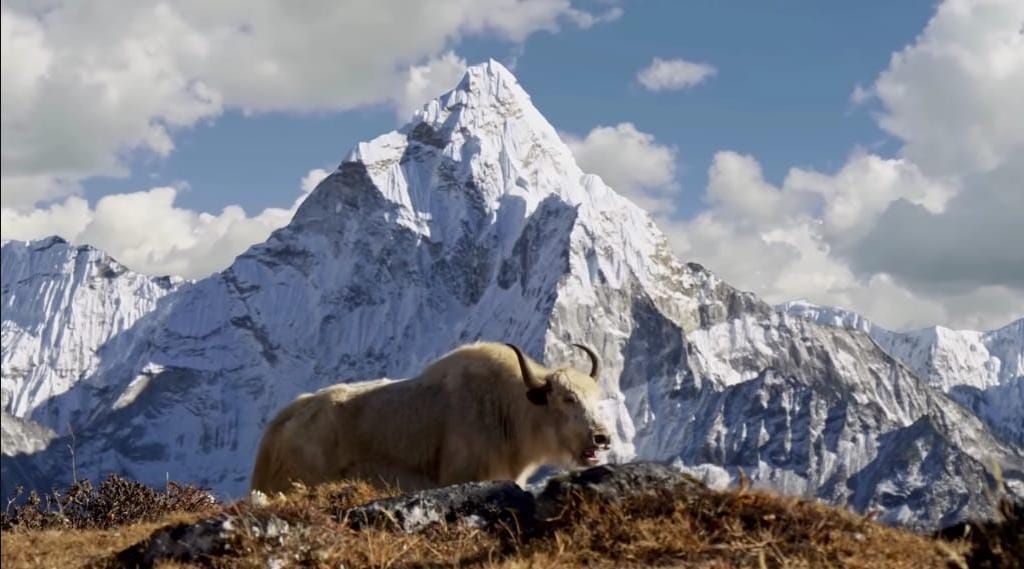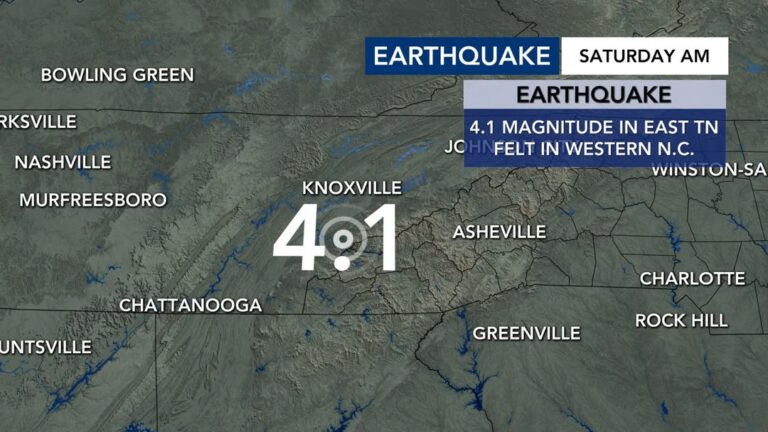
Why Visit Leh Ladakh ?
Leh Ladakh, located in the northernmost part of India, is an iconic destination for foreign travelers seeking a blend of breathtaking landscapes, rich Buddhist culture, and thrilling adventure activities. The region’s unique high-altitude desert environment, picturesque monasteries, and challenging treks make it one of the most sought-after places in the world for adventure tourism.
Here are a few reasons why Leh Ladakh should be on your travel list:
- Stunning Natural Beauty: From the surreal Pangong Lake to the vast Nubra Valley, Leh Ladakh offers unmatched landscapes.
- Adventure Paradise: Trekking, mountain biking, river rafting, and the famous Chadar Trek await adventure seekers.
- Cultural Heritage: Explore centuries-old monasteries like Hemis Monastery and Thiksey Monastery for a unique cultural experience.
Best Time to Visit Leh Ladakh
The best time to visit Leh Ladakh is between June to September, when the weather is pleasant and most activities are accessible. The summer months are ideal for trekking, road trips, and exploring the region’s remote villages.
Summer (June – September)
- Temperature: 15°C to 20°C during the day; 5°C at night.
- Activities: Perfect for outdoor adventures like trekking, mountain biking, and sightseeing.
- Road Conditions: Major roads like the Manali-Leh Highway and Srinagar-Leh Highway are open during these months.
Winter (October – March)
- Temperature: Temperatures drop to -20°C or lower.
- Adventure: For the brave, the Chadar Trek on the frozen Zanskar River is a unique experience.
- Challenges: Roads are mostly closed due to heavy snowfall, making winter travel difficult.
Monsoon (July – September)
- While Leh Ladakh remains largely dry, some areas like Zanskar Valley experience landslides due to rains. It’s not the ideal time for road trips, but still good for short stays and trekking.
Top Destinations in Leh Ladakh
Leh Ladakh is a treasure trove of unique destinations and adventure activities. Here are the top places to visit:
1. Leh Town
Leh, the capital of Ladakh, is your starting point. This town offers the perfect mix of culture and adventure:
- Leh Palace: A historic palace offering panoramic views.
- Shanti Stupa: A Buddhist monument offering stunning city views.
- Leh Market: A bustling market for souvenirs, handicrafts, and local spices.
2. Pangong Lake
Pangong Lake is one of the most beautiful lakes in India and is famous for its changing colors and surreal beauty.
- Activities: Camping, photography, and boating on the lake.
- Best Time: June to September.
3. Nubra Valley
Known as the “Valley of Flowers,” Nubra Valley is home to rolling sand dunes and double-humped camels.
- Highlights: Diskit Monastery, Hunder Sand Dunes, and Turtuk Village.
- Adventure: Jeep safaris and treks.
4. Tso Moriri Lake
Located at a high altitude in the Changthang Plateau, this peaceful lake offers a quieter alternative to Pangong Lake.
- Activities: Camping, bird-watching, and photography.
- Travel Tip: It’s less crowded than Pangong Lake, making it ideal for peaceful exploration.
5. Zanskar Valley
Known for its challenging treks and the famous Chadar Trek (trekking on the frozen Zanskar River), Zanskar Valley is perfect for the adventure enthusiast.
- Trekking Routes: Lamayuru to Alchi Trek and Padum to Zangla Trek.
- Best Time: Summer for trekking; Winter for Chadar Trek.
6. Hemis Monastery
One of the largest monasteries in Ladakh, Hemis Monastery is famous for its annual Hemis Festival.
- Best Visit: Attend the festival held in June or July.
7. Magnetic Hill
A unique optical illusion where vehicles appear to move uphill on their own, Magnetic Hill is a fun place to stop and experience something strange.
Top Adventure Activities in Leh Ladakh
Leh Ladakh is a paradise for adventure enthusiasts. Whether you’re a seasoned trekker or a beginner, there’s something for everyone here:
1. Trekking
Leh Ladakh is known for its diverse trekking routes. Some of the most famous treks include:
- Markha Valley Trek: A relatively moderate trek with stunning landscapes.
- Chadar Trek: Walk on the frozen Zanskar River.
- Lamayuru to Alchi Trek: A mix of cultural exploration and adventure.
Best Time: June to September.
2. River Rafting
Rafting in Zanskar River is an exhilarating experience for adventure seekers.
- Best Time: July to September when the river is full and challenging.
3. Mountain Biking
The rugged terrain of Leh Ladakh is perfect for mountain biking. Popular routes include:
- Manali-Leh Highway: An iconic route for bikers.
- Nubra Valley: A quieter, off-the-beaten-path option.
- Difficulty: From moderate to difficult, depending on the route.
4. Jeep Safari
For those who prefer comfort, a jeep safari is the best way to explore the remote regions of Leh Ladakh, including Pangong Lake, Nubra Valley, and Tso Moriri Lake.
5. Camping
Camping by Pangong Lake or Tso Moriri offers an unforgettable experience. Sleep under the stars with the serene mountains in the background.
How to Reach Leh Ladakh
By Air
- Leh Airport (Kushok Bakula Rimpochee) is the main gateway to Leh Ladakh, with regular flights from Delhi, Mumbai, and Chandigarh.
- International travelers must first fly to Delhi and then take a domestic flight to Leh.
By Road
- Manali-Leh Highway: Open from June to October.
- Srinagar-Leh Highway: Open from May to October.
- Road Trip: A road trip from Delhi to Leh is a popular way to experience Leh Ladakh’s changing landscapes.
By Train
- Leh is not connected by rail. However, you can take a train to Jammu or Srinagar and then travel by road.
Where to Stay in Leh Ladakh
Leh offers a wide range of accommodation options, from budget hostels to luxurious resorts.
Luxury Accommodation
- The Grand Dragon Ladakh
- Ladakh Sarai Resort
Mid-Range Accommodation
- Shanti Guest House
- Tara Guest House
Budget Accommodation
- Zostel Leh (perfect for backpackers)
- Leh Youth Hostel
Travel Tips for Foreign Tourists
- Altitude Sickness:
Leh is at a height of 3,500 meters (11,500 feet). To avoid altitude sickness, take it easy on your first day, drink plenty of water, and avoid alcohol. - Permits for Foreigners:
Foreign nationals need special tourist permits for visiting places like Nubra Valley and Pangong Lake. These can be obtained through a travel agency or the Leh District Commissioner’s office. - Packing Essentials:
- Clothing: Pack warm clothing even in summer.
- Sunscreen: The high-altitude sun can be harsh, so bring a high SPF sunscreen.
- Medicines: Carry medicines for altitude sickness and any regular medication.
- Respect Local Culture:
Ladakh has a strong Buddhist heritage. Be respectful while visiting monasteries and temples. Dress modestly and ask permission before taking photos of locals.
Conclusion: A Journey to Remember
Leh Ladakh is a land of endless adventure, spirituality, and natural beauty. Whether you’re trekking through the Markha Valley, boating on Pangong Lake, or exploring ancient monasteries, Leh Ladakh offers an experience that is hard to match. So pack your bags, prepare for the altitude, and get ready to explore the wonders of this breathtaking region.
FAQs About Traveling to Leh Ladakh for Foreign Tourists
Here are some Frequently Asked Questions (FAQs) that can help you plan your trip to Leh Ladakh:
1. What is the best time to visit Leh Ladakh?
The best time to visit Leh Ladakh is from June to September. During these months, the weather is pleasant for outdoor activities like trekking, road trips, and sightseeing. The summer months (June to September) are ideal, as most of the roads are open and the temperature is comfortable.
2. How do I reach Leh Ladakh?
There are three main ways to reach Leh Ladakh:
- By Air: Fly directly to Leh Airport from major cities like Delhi, Mumbai, and Chandigarh. International travelers must first fly into Delhi and then take a domestic flight to Leh.
- By Road: Leh is connected by two main highways: the Manali-Leh Highway (open from June to October) and the Srinagar-Leh Highway (open from May to October). Road trips are a popular way to explore Leh.
- By Train: There is no direct train service to Leh, but you can take a train to Jammu or Srinagar and continue your journey by road.
3. Do I need a permit to visit Leh Ladakh?
Yes, foreign nationals need special permits to visit certain areas like Nubra Valley, Pangong Lake, and Tso Moriri. These permits can be obtained through a travel agency or directly from the Leh District Commissioner’s office. Domestic travelers also need permits for some restricted areas.
4. How can I prevent altitude sickness in Leh Ladakh?
Leh is situated at an altitude of 3,500 meters (11,500 feet), which can lead to altitude sickness for some visitors. Here’s how you can prevent it:
- Take it easy on the first day. Allow your body to acclimatize to the altitude.
- Stay hydrated by drinking plenty of water.
- Avoid alcohol and heavy physical exertion on the first day.
- Eat light and rest to help your body adjust.
5. What activities can I do in Leh Ladakh?
Leh Ladakh is an adventure lover’s paradise. Some of the top activities include:
- Trekking: Popular treks like the Markha Valley Trek, Chadar Trek, and Lamayuru to Alchi Trek.
- River Rafting: Raft the Zanskar River.
- Mountain Biking: Ride through the Manali-Leh Highway or Nubra Valley.
- Jeep Safaris: Explore remote regions like Pangong Lake and Nubra Valley in a jeep.
- Camping: Spend the night by the stunning Pangong Lake or Tso Moriri.
6. What should I pack for a trip to Leh Ladakh?
Packing for Leh Ladakh requires careful planning due to its high-altitude, cold climate:
- Warm clothing: Even in summer, temperatures can drop at night. Bring thermal wear, a warm jacket, gloves, and scarves.
- Sun Protection: The sun is stronger at high altitudes. Don’t forget sunscreen, sunglasses, and a hat.
- Medications: Carry any regular medications and altitude sickness medication (e.g., Diamox).
- Camera gear: Leh Ladakh offers stunning landscapes, so don’t forget your camera and batteries.
- Snacks: Carry some energy bars or light snacks for long drives or treks.
7. How do I get around in Leh Ladakh?
Getting around in Leh Ladakh is relatively easy, and there are multiple options:
- Taxis: Taxis are available for short trips around Leh and other destinations.
- Motorbikes: Renting a motorbike is a great way to explore the region at your own pace.
- Jeep Safaris: For exploring remote areas like Nubra Valley and Pangong Lake, jeep safaris are a popular choice.
- Buses: Public buses connect major towns in Ladakh, but they’re less frequent.
8. Can I travel to Leh Ladakh in winter?
While Leh Ladakh is known for its extreme cold temperatures in winter, it’s still possible to visit, especially for winter trekking (like the Chadar Trek on the frozen Zanskar River). However, the Manali-Leh Highway and Srinagar-Leh Highway are closed during winter due to snow, so it’s best to reach Leh by air. Be prepared for very cold weather and limited access to certain areas.
9. What is the food like in Leh Ladakh?
The food in Leh Ladakh is heavily influenced by Tibetan and Buddhist cultures. You can expect dishes like:
- Thukpa: A noodle soup with vegetables or meat.
- Momos: Steamed dumplings filled with vegetables or meat.
- Tsampa: A traditional barley-based dish, often eaten with tea.
- Butter Tea: A traditional Tibetan drink made with tea, butter, and salt.
- Yak cheese: Widely used in local dishes.
- Food options in Leh Town range from local Ladakhi cuisine to international dishes.
10. Is Leh Ladakh safe for foreign travelers?
Leh Ladakh is considered safe for foreign travelers, but as with any high-altitude destination, it’s important to follow local guidelines and be mindful of the extreme weather conditions. Some additional safety tips:
- Always carry a valid travel permit for restricted areas.
- Keep emergency numbers handy, like the Leh Police and Leh Hospital.
- Ensure that your vehicle is in good condition before embarking on a road trip.
- Follow cultural norms and respect the local traditions.
11. What are some must-visit monasteries in Leh Ladakh?
Leh Ladakh is home to several famous Buddhist monasteries, such as:
- Hemis Monastery: Famous for its annual Hemis Festival.
- Thiksey Monastery: Resembling the Potala Palace, it is one of the most picturesque monasteries.
- Lamayuru Monastery: Known as the “Moonland”, this monastery is situated in a dramatic landscape.
- Alchi Monastery: Known for its ancient paintings and murals.
12. Can I visit Leh Ladakh on a budget?
Yes, you can visit Leh Ladakh on a budget. Some tips to save money:
- Stay in guesthouses or budget hostels like Zostel Leh.
- Eat at local restaurants for cheaper meals.
- Public transport is available for short distances, but renting a motorbike can be an affordable way to explore.
- Book permits through local agencies to avoid extra costs.
These FAQs aim to answer some of the most common questions about Leh Ladakh and provide helpful tips for foreign travelers planning their adventure.



